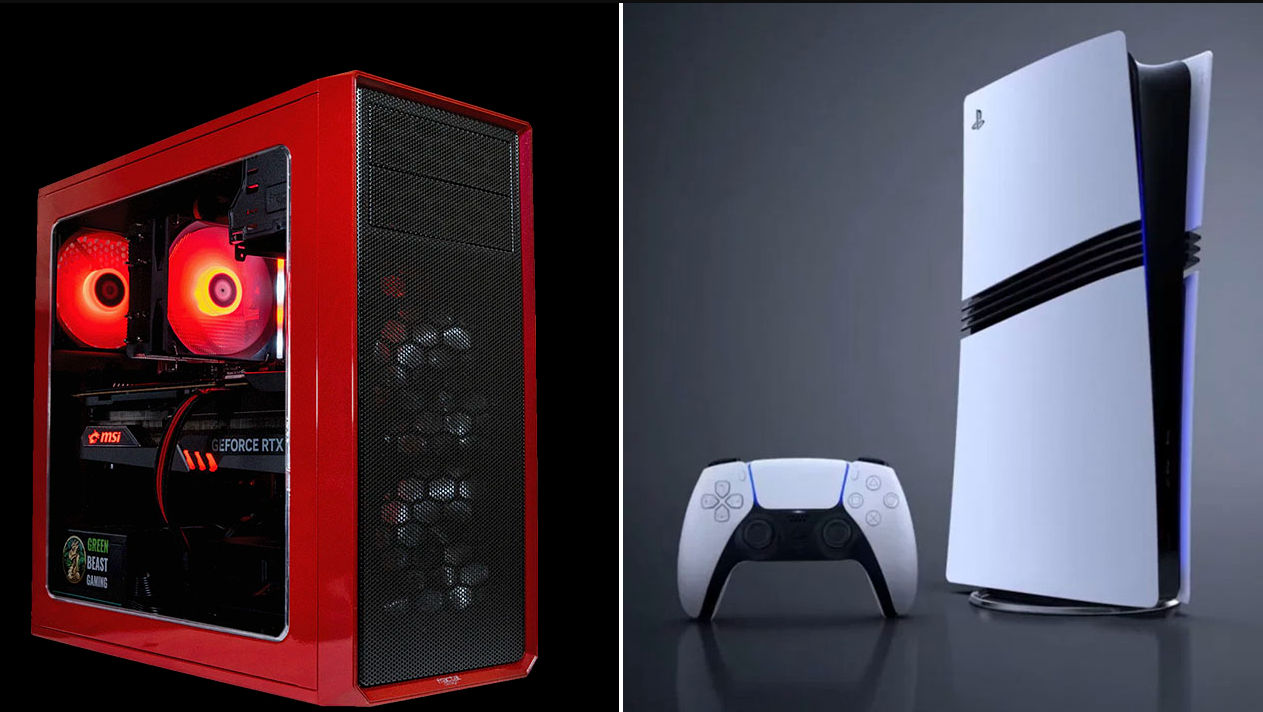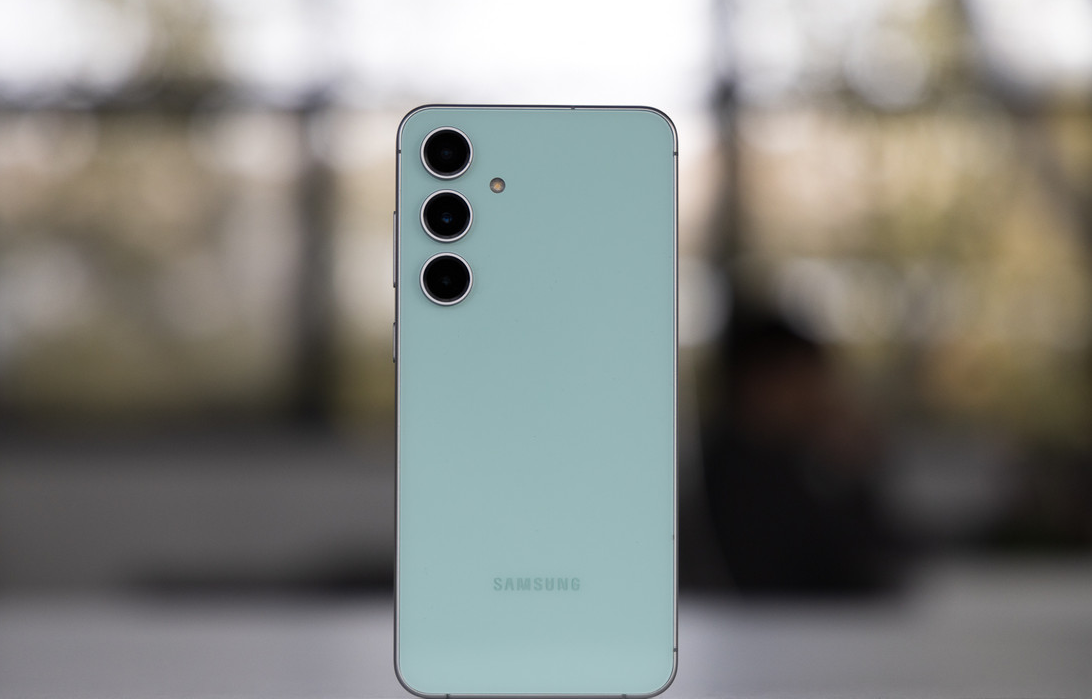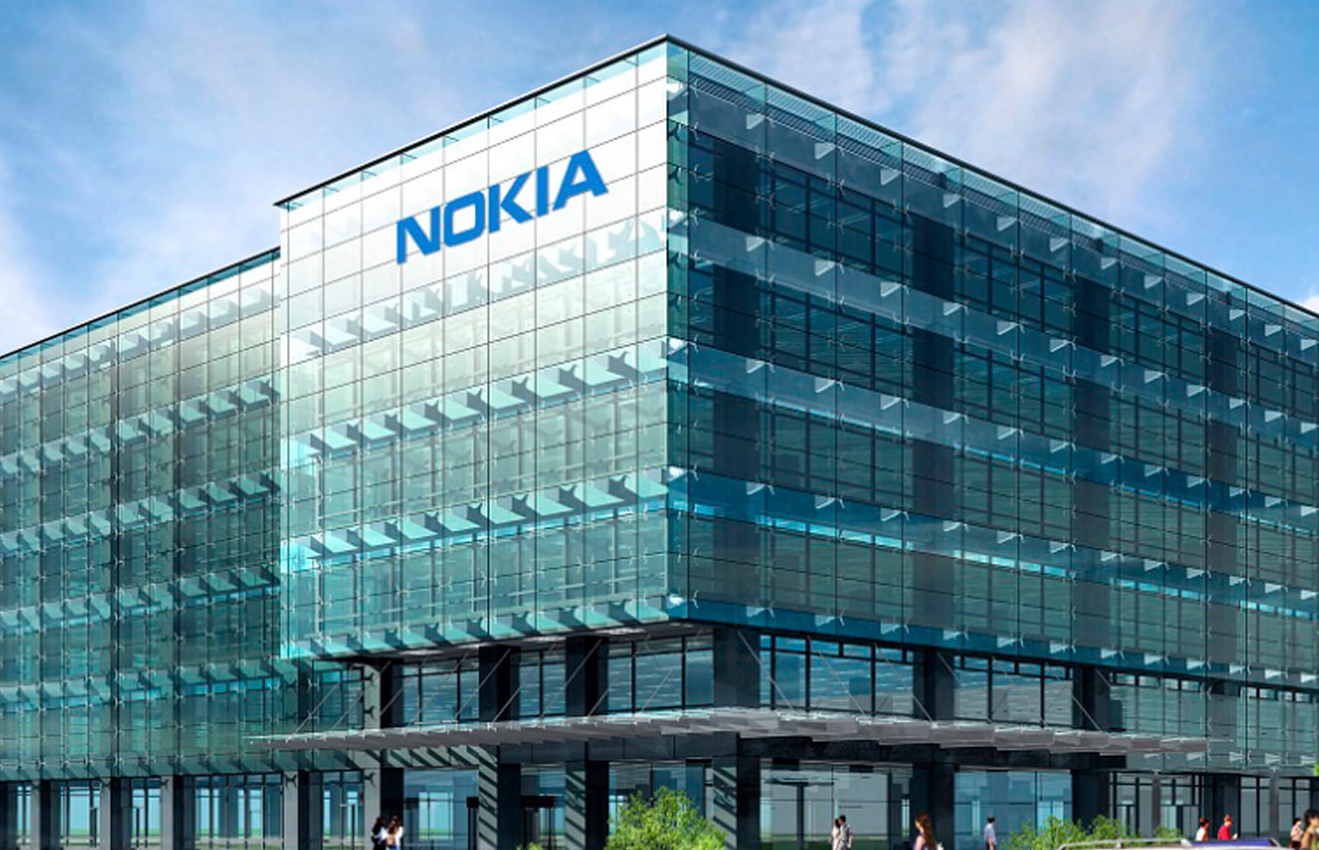Let’s dive into the interesting world of Apple and compare the sizes of iPhones. Recently it seemed that the trend of increasing the size of smartphones is endless. However, Apple knows how to surprise and offered us a whole line of devices with different screen diagonals. Let’s find out which iPhone will suit you best.
- From History: From iPhone 4 to iPhone SE (2020)
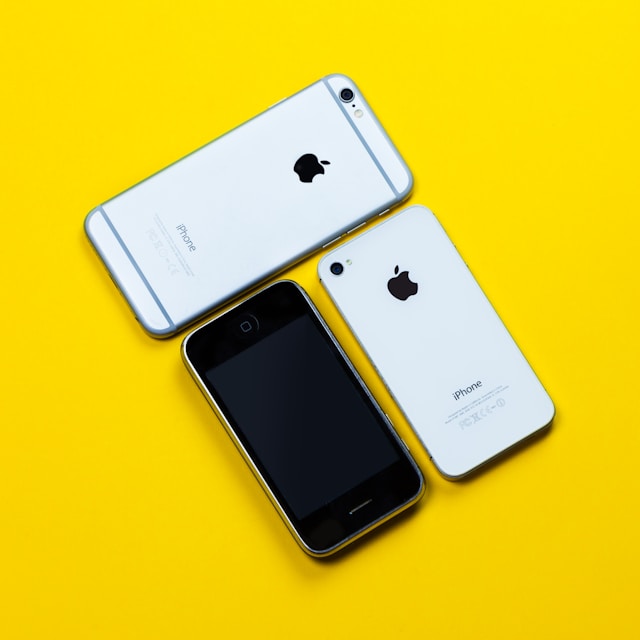
It all started with the compact 3.5-inch iPhone 4 and 4s. There were times when people could freely operate their phone with one hand without any effort. But times change, and with the release of the iPhone 5, Apple increased the screen size to 4 inches, while leaving one-handed control available.
In 2020, we see the return of the compact size in the form of the iPhone SE. This device has a 4.7-inch display, which may seem small compared to today’s models, but it offers easy operation and fits easily in your pocket.
- Medium size: iPhone 6, 7, 8 to iPhone 13
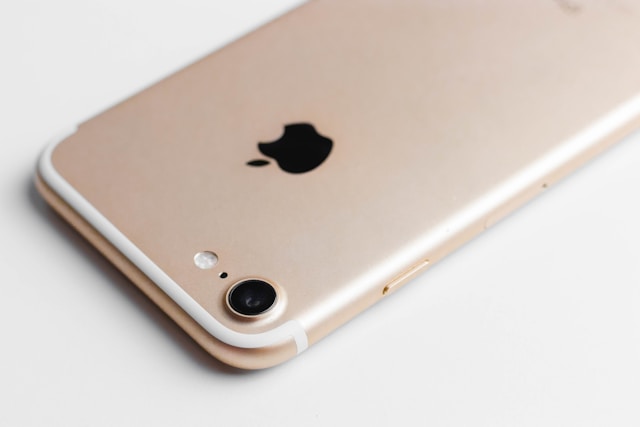
The iPhone 6 brought a revolution in size – increasing the display to 4.7 inches for the base model and 5.5 inches for the Plus model. This was a forward-thinking decision, given the general trend towards larger smartphone screens.
Modern iPhones, including the iPhone 12 and iPhone 13, also offer multiple sizes. For example, the iPhone 13 Mini has a 5.4-inch display, the standard iPhone 13 has a 6.1-inch display, and the Pro and Pro Max models boast 6.1 and 6.7 inches, respectively.
- Biggest: iPhone XS Max, iPhone 11 Pro Max, iPhone 12 Pro Max and iPhone 13 Pro Max
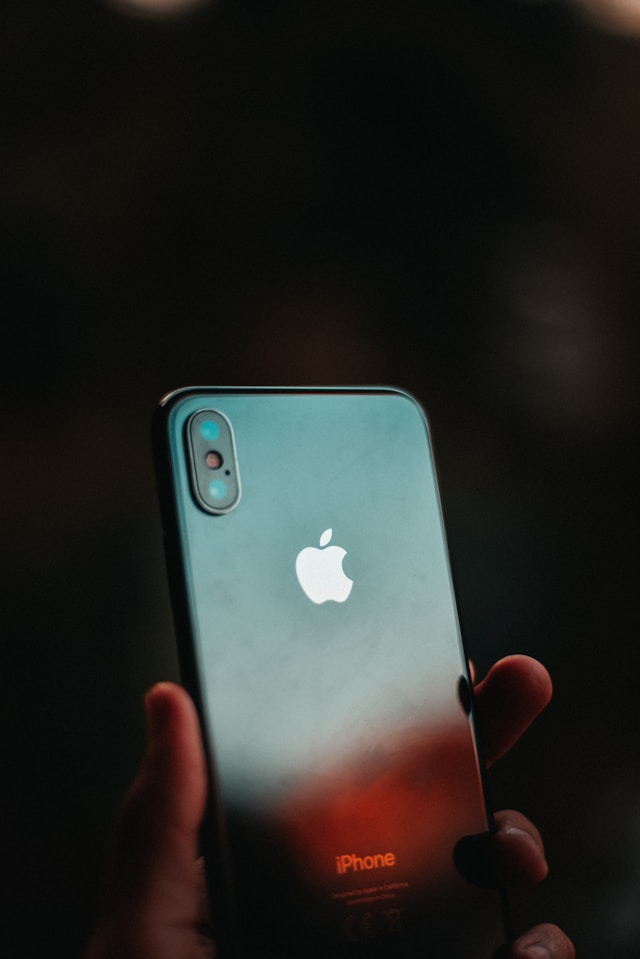
The Pro Max models were the pinnacle of large-screen development in the iPhone lineup. With a 6.5-inch screen on the iPhone XS Max and iPhone 11 Pro Max, Apple increased the diagonal to an impressive 6.7 inches in the iPhone 12 Pro Max and iPhone 13 Pro Max.
These devices offer great displays for viewing multimedia and gaming, but at the expense of one-handed usability.
iPhone screen technologies
Apple has been steadily presenting us with innovative technologies, especially in the area of iPhone displays. Speaking of display, we can’t help but think about the screen technologies used in iPhone devices and how they have evolved over time.
- Retina Display: the beginning of a revolution
The term “Retina Display” was first introduced in 2010 at the launch of the iPhone 4. This name was coined by Apple to refer to displays with such a high pixel density that the human eye cannot distinguish individual pixels during normal phone use. This greatly improved image quality, making it clearer and richer.
- IPS LCD to OLED: A breakthrough in colour and contrast
Previous iPhone models from the iPhone 4 to the iPhone 7 used IPS LCD technology. While this technology provided good picture quality with accurate colours, it could not match OLED in terms of contrast and black levels.
The move to OLED screens, starting with the iPhone X, has ushered in a new era for iPhone displays. OLED displays offer perfect black colour, excellent contrast and a wider viewing angle than LCDs.
- Super Retina and Super Retina XDR: new levels of brightness and contrast
With the advancement of OLED technology, Apple introduced Super Retina Display and then Super Retina XDR, which delivers even greater brightness and contrast, and also supports extended dynamic range (HDR), allowing for the display of brighter and richer colours.
- ProMotion: smooth and fast screen updates
The ProMotion technology featured in the iPhone 13 Pro and iPhone 13 Pro Max offers a 120Hz refresh rate, which makes scrolling through content and gaming smoother. The technology is also adaptive, which means the refresh rate can change depending on the content on the screen, saving battery life.
Let’s compare the display specifications of the five iPhone models
| Model | Screen size (diagonal) | Screen technology | Screen resolution |
| iPhone 12 Pro Max | 6.7 inches. | Super Retina XDR OLED, HDR10, Dolby Vision | 1284 x 2778 pixels |
| iPhone 13 Mini | 5.4 inches. | Super Retina XDR OLED, HDR10, Dolby Vision | 1080 x 2340 pixels |
| iPhone 13 | 6.1 in. | Super Retina XDR OLED, HDR10, Dolby Vision | 1170 x 2532 pixels |
| iPhone 13 Pro | 6.1 in. | Super Retina XDR OLED, HDR10, Dolby Vision, 120Hz, ProMotion | 1170 x 2532 pixels |
| iPhone 13 Pro Max | 6.7 inches. | Super Retina XDR OLED, HDR10, Dolby Vision, 120Hz, ProMotion | 1284 x 2778 pixels |
Thus, we can see that iPhone 13 Mini has the smallest screen size, yet it uses Super Retina XDR OLED technology, just like the other models. The screen resolution of the iPhone 13 Mini is lower than the other models, which is due to the smaller screen size.
The iPhone 13 and iPhone 13 Pro have the same screen size and resolution, but the Pro model differs by having ProMotion technology with 120Hz refresh rate.
The iPhone 13 Pro Max and iPhone 12 Pro Max have the most advanced specs. They have the largest screen size and highest resolution, and the iPhone 13 Pro Max has the added advantage of ProMotion technology with 120Hz refresh rate.
Choosing the screen diagonal size is a very individual decision. It depends on your personal preferences, usage style and needs.
Let your next iPhone purchase be even more enjoyable with savings from ReBITme. Happy shopping!


